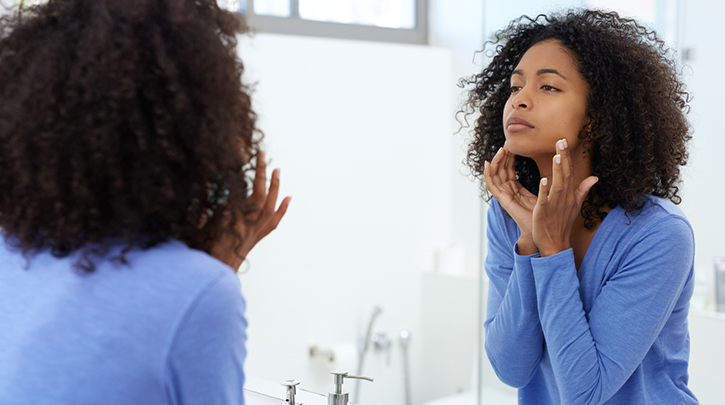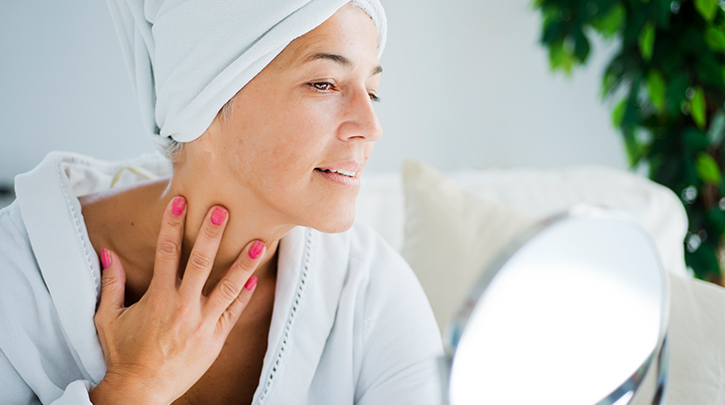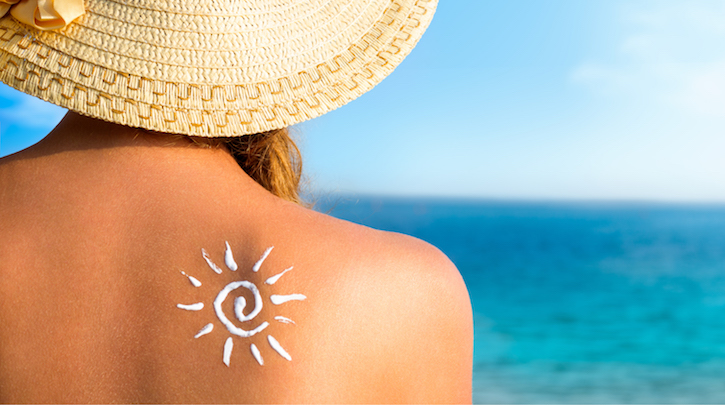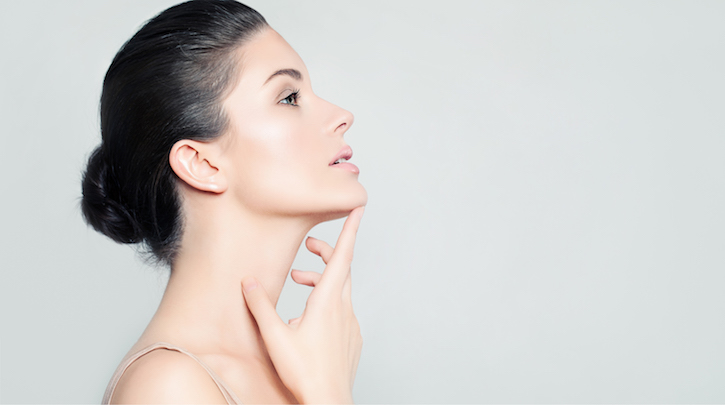Anti-aging is generally made up of three factors: Texture, Tone, and Tightness. In the second instalment of our three-part series on the 3Ts of facial anti-aging, we discuss Tone.
Our perception of skin age is highly influenced by its tone—there’s a reason that we might see dark spots, veins, redness, or irregular coloration, and connect them with questions of skin health and age. Skin experts have proven that uneven skin tone and signs of skin damage really do make people appear significantly older and unhealthier than they feel.
Right now, photorejuvenation is among the best non-invasive treatment options for patients struggling with the aging effects of damaged and uneven skin tone. Demand for the treatment is rising: according to the American Society for Dermatologic Surgery’s 2017 customer survey, the desire the feel and appear younger is among the top reasons why people seek out aesthetic treatments. It’s no wonder, then, that the same survey found that 71% of aesthetics consumers are bothered by discoloration, and other issues related to skin texture and tone.
Research shows that viewers perceive people with uneven skin tone and facial discolorations as older, less healthy, and less attractive than individuals with more homogeneous skin tones. Treating pigmented and vascular lesions is connected to broader demands for anti-aging and cosmetic enhancement.
According to the American Society for Aesthetic Plastic Surgery, photorejuvenation was among the top five non-surgical procedures performed in 2016. Demand for photorejuvenation rose by 36% from 2015 to 2016, the most remarkable increase in the non-surgical category, and photorejuvenation was the most popular treatment within the category of skin rejuvenation.
What’s more, the appeal of treatments for correcting uneven skin tone transcends the traditional gender lines that persist in aesthetic medicine. Photorejuvenation was the fourth most popular non-surgical treatment among men in 2016; the fifth and sixth most popular non-surgical treatments were also in the category of skin rejuvenation (chemical peel and microdermabrasion, respectively).
Internationally, photorejuvenation is among the top five most popular non-surgical treatments with both male and female aesthetics consumers. According to the International Society of Aesthetic Plastic Surgery’s 2016 numbers, the total number of photorejuvenation treatments increased by 10% from the previous year in the 24 largest aesthetic markets around the world.
Our image of healthy, youthful-looking skin often excludes the spots, stains, dots, and discolorations that come with prolonged exposure to light, pollution, and collagen loss.
These spots and stains are generally either congenital, or connected in some form to excessive sun exposure. This kind of damage degrades collagen and elastin, and causes spotty build-ups of melanin and other pigments, leading to a prematurely aged appearance in the form of dry or rough skin, wrinkles, brown or red spots, and broken capillaries. And when it comes to uneven tone and unwanted spots and signs of skin damage, photorejuvenation is the best option for aesthetic patients and providers alike.
Tone is the second of the 3 Ts of facial anti-aging. Stay tuned for our upcoming piece on Tightness, and make sure to check out our piece on the first T in this series: Texture.
Practice Enhancement Tips






